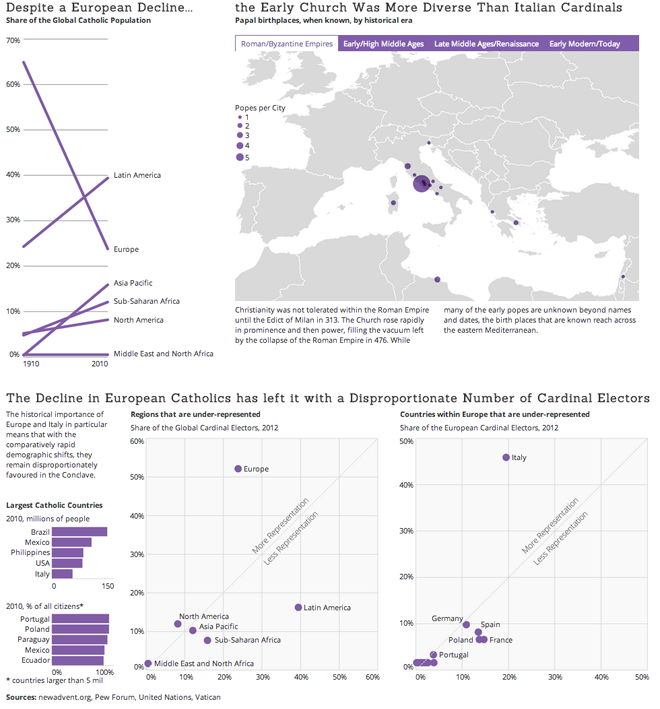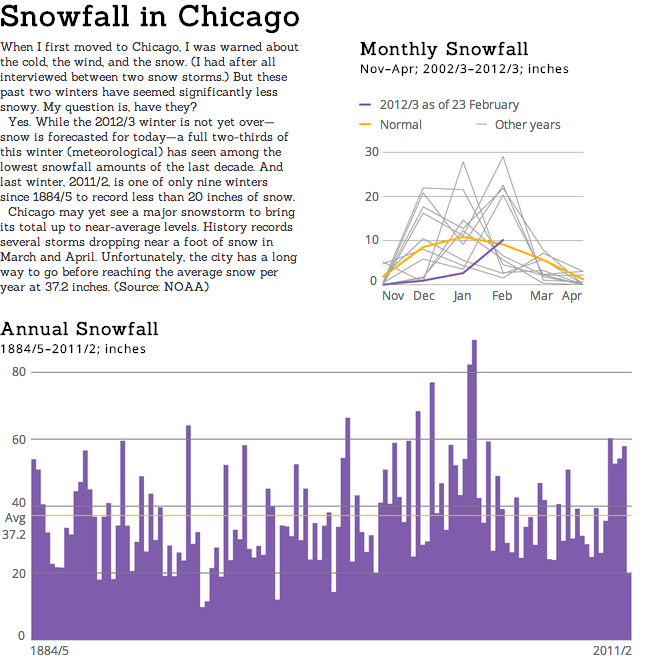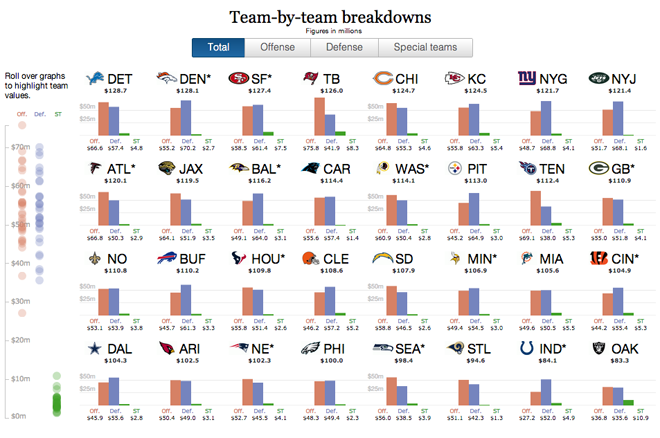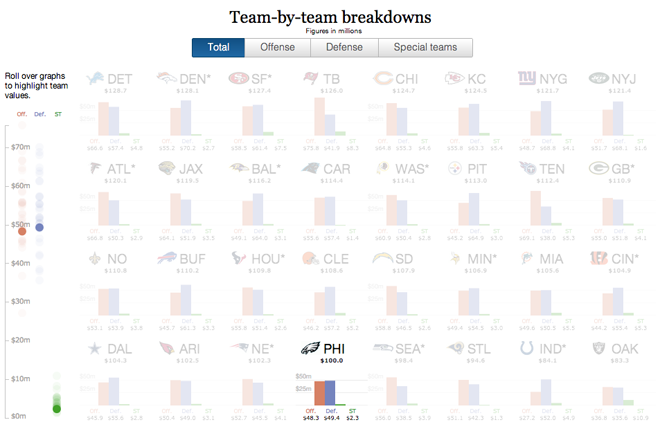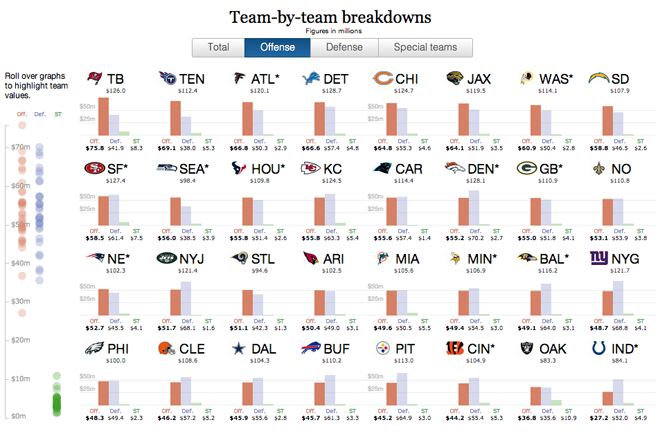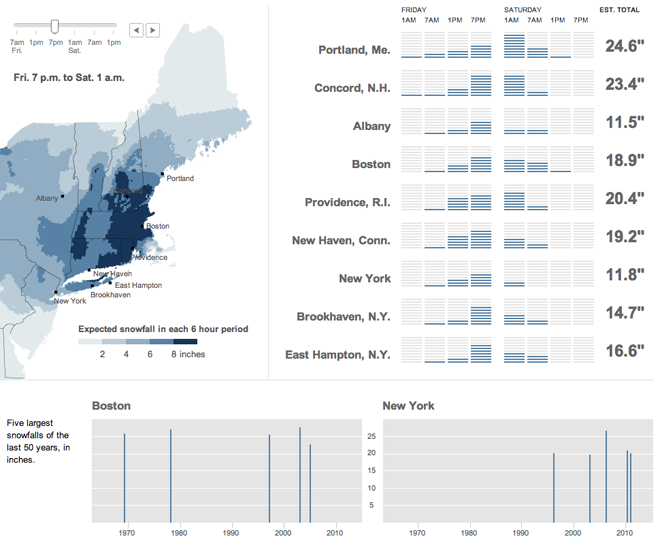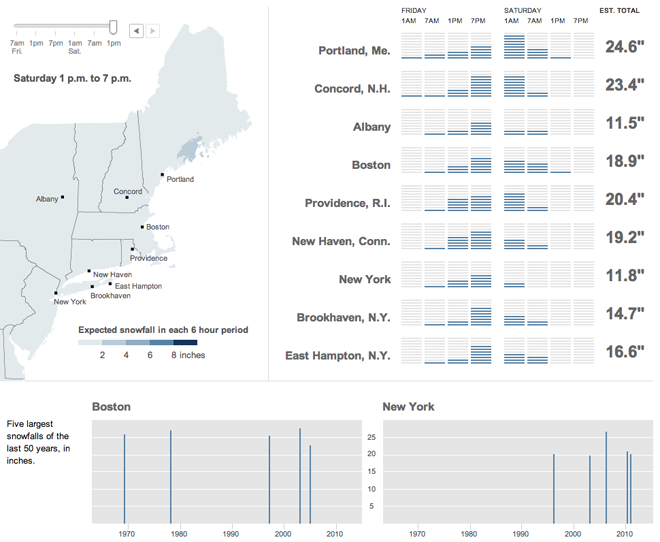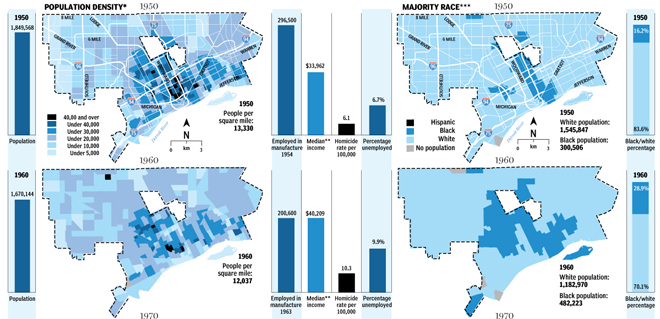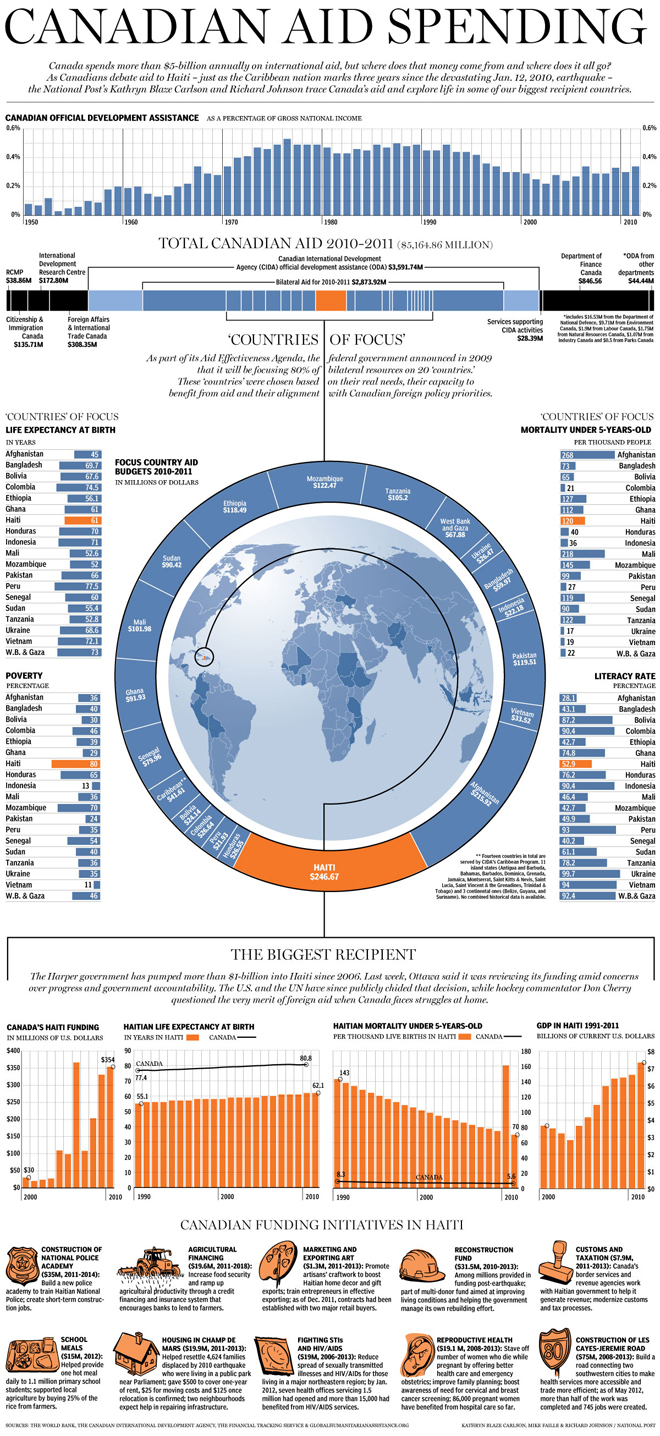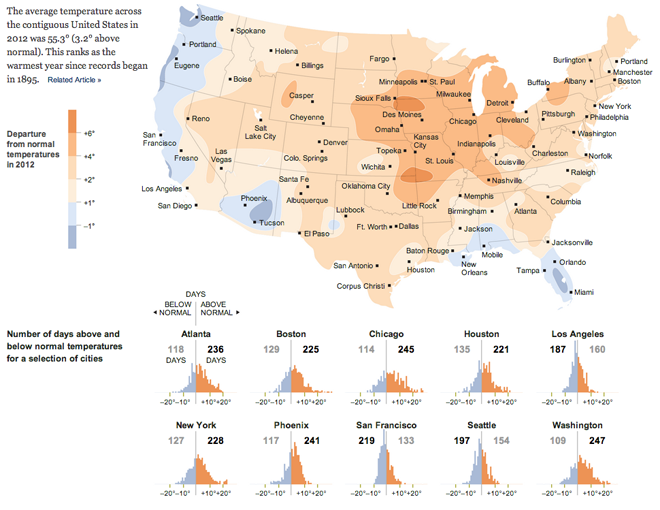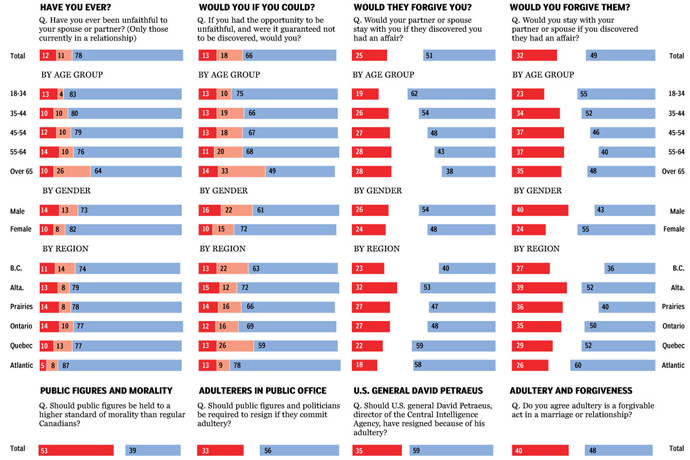As the conclave in Rome is almost ready to begin, likely sometime next week, cardinals are gathering in Rome to discuss the affairs of the Catholic Church and then elect a new pope from within their ranks. Many outsiders talk about the time for a pope from outside of Europe, that the papacy has been an office for Europeans—namely Italians—for too long.
However, the preponderance of Catholics outside of Europe is, in the 2000-year history of the Church, a relatively recent phenomenon. Explosive growth in Latin America, Africa, and Asia combined with a decline in European Catholics means that it is only in the last few decades that Europeans have fallen from being nearly 2/3 of the global Catholic Church.
As my infographic attempts to explain, despite this demographic shift, the early Catholic Church chose popes from the distant corners of its territory before it contracted. That historical consolidation in Europe—Italy in particular—has led, however, to a disproportionate weight of cardinal electors, i.e. the cardinals who elect the pope, in favour of Italy and Europe. And as the cardinals typically choose from among their own, it is far more likely that the next pope will come from Europe if not Italy.
Click the image to see the full-sized graphic.
